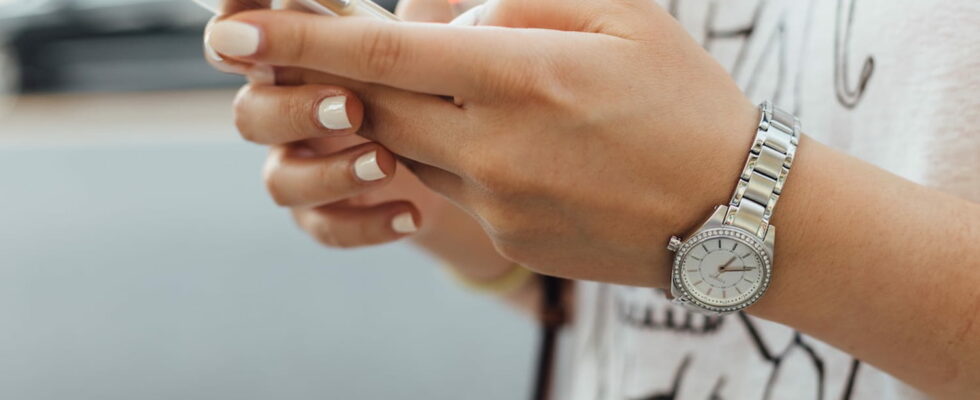Xiaomi and Logicom are being slapped on the fingers by the ANFR for having marketed smartphones that do not comply with European standards on SAR, with a level of electromagnetic wave emissions that is too high.
Overexposure to electromagnetic fields via all kinds of connected devices that we use on a daily basis (tablets, Internet boxes, computers, televisions, refrigerators, etc.) raises certain concerns, in particular about their impact on health, radio waves being suspected of causing headaches, tinnitus, sleep disturbances, miscarriages and even tumors. This is particularly the case with smartphones since, unlike household appliances, they emit waves – instead of simply receiving them – for a long time and very close to the body of the user – when he sticks it to his ear to make a call or in your trouser pocket for example (see our article). This is why the European authorities have established a Specific Absorption Rate (SAR) that smartphone manufacturers must absolutely respect. And when this is not the case, the National Frequency Agency (ANFR) does not hesitate to impose sanctions on them.
The agency must sometimes call to order manufacturers who fail to comply with health regulations relating to the marketing of smartphones. This time, Xiaomi and Logicom are in its sights. In a press release published on March 1, 2023, the institution explains that it has carried out a SAR check on several smartphones available on the French market. However, according to the measures taken by an accredited laboratory, Xiaomi’s Poco X3 (released in September 2020) and Logicom’s Swipe did not comply with the requirements set by the European Union. A problem that the manufacturers hastened to solve because, if the smartphones do not fit in the nails after the various reports from the agency, they are simply withdrawn from the market, as was the case with the Razer Phone 2 in 2020.
Effects of fradio waves: the precautionary principle
With the evolution of technologies and uses of smartphones over the past two decades, many studies have been carried out to determine whether these devices, which are so essential in everyday life, represent a potential health risk, particularly with regard to potential appearances of brain tumours. Ihe World Health Organization (WHO) has classified the electromagnetic waves emitted by smartphones as “potentially carcinogenic” because, to date, iIt has never been established that they can be the cause of a harmful effect on health – we still have to wait to be able to observe any long-term effect. As a precautionary principle, the authorities have therefore decided to limit exposure to the waves emitted by the smartphone is therefore based on a precautionary principle.
To do this, they have set up the specific absorption rate (SAR), an indicator making it possible to assess the quantity of waves emitted by smartphones and other connected objects, and therefore the quantity of energy absorbed by the being. human. This SAR is normally displayed on the sheet of each smartphone, alongside the technical characteristics. The lower this indicator, the better. Builders are required to meet a limit of 2 W/kg (watts per kilogram) for the head and torso, and 4 W/kg for the limbs.
SAR: values too high for the Poco X3 Xiaomi and the Swipe Logicom
According to the results of the study conducted by the ANFR, Xiaomi’s Poco X3 does not comply with the rules in force. It displays a “trunk” SAR of 2.33 W/kg (instead of the maximum 2 W/kg) and a “limb” SAR of 4 W/kg. Ditto for Logicom’s Swipe, with a “trunk” SAR of 2.07 W/kg and a “limb” SAR of 3.25 W/kg. The agency therefore put the two builders on notice. The latter deployed a first update, which was not enough to solve the problem. Logicom’s “trunk” device SAR only dropped to 2.04 W/kg, which is still too high. Worse still, measurements worsened for the Poco X3, with “trunk” SAR dropping to 2.67 W/kg and the “member” SAR at 5.49 W/kg!
The manufacturers therefore had to perform a second update on their devices, which this time definitively solved the problem. The Poco X3’s “trunk” SAR dropped to 1.3 W/kg and the “limb” SAR to 3.75 W/kg. Ditto for Le Swipe, whose “trunk” SAR rose to 0.757 W/kg. The ANFR has however decided to sanction them with a symbolic fine of 7,500 euros each, a derisory sum compared to the economic capital of the companies. Note that this is not the first time that these two manufacturers have been singled out by the institution. Already in 2020, Xiaomi’s Redmi 7 and Mi Note 10, as well as Logicom’s Le Hola did not meet the standards. The Agency invites owners of these smartphones to check that they have been updated automatically. If not, they must perform a manual update.

